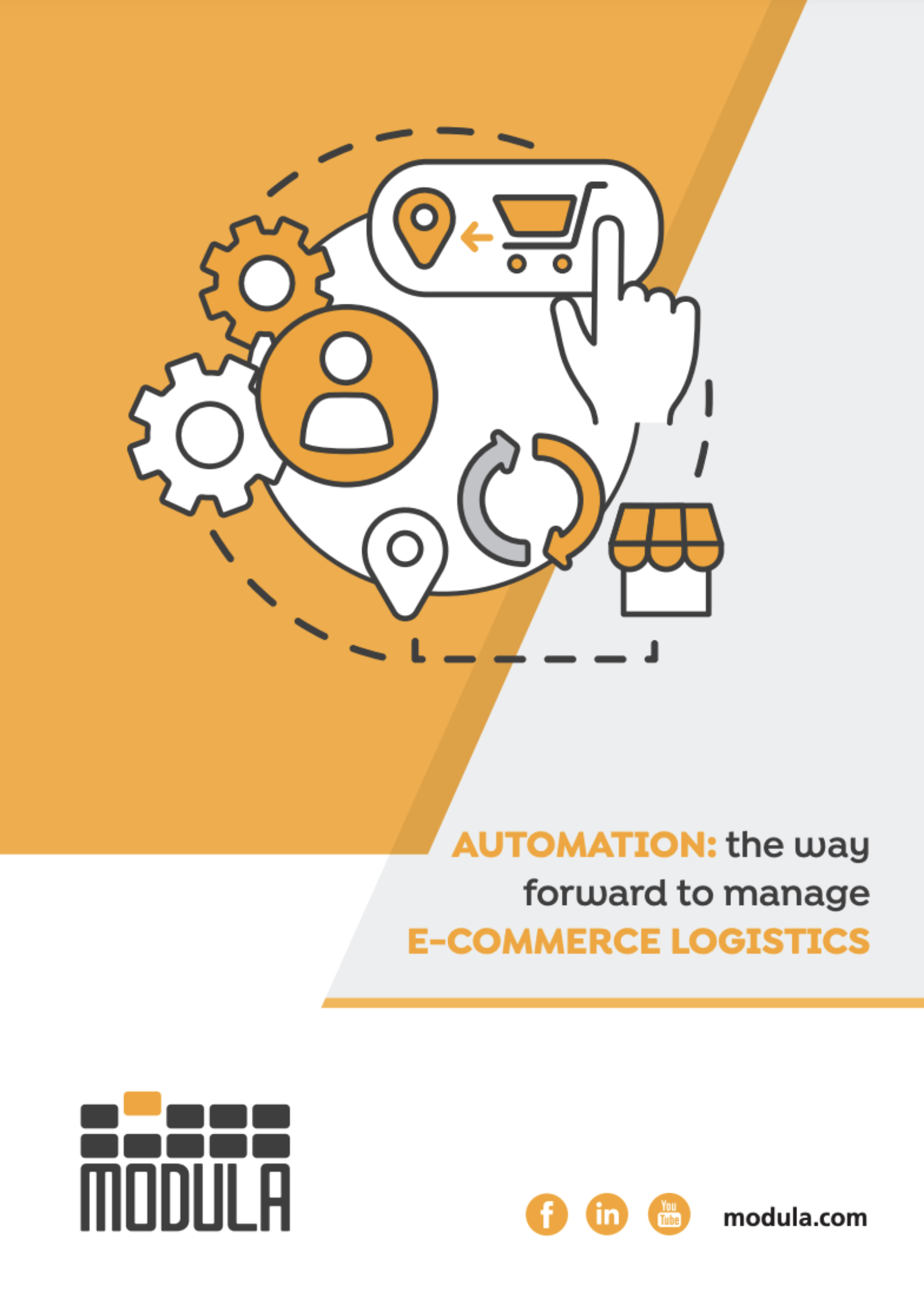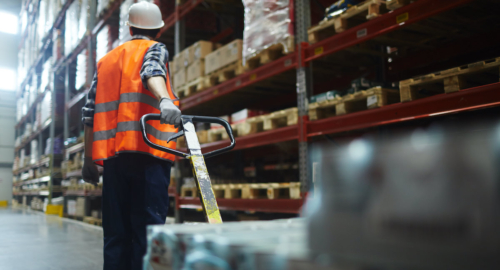Supply Chain, or distribution chain, is the process of transfering a product or service from the supplier to the client. It is a very long process that involves many parties and consists of many stages, the most critical of which is warehouse logistics, i.e.the set of strategic and organisational activities that allows better management of some of the stages in the supply chain.
Although they are very different, these two activities are closely tied to one another, and are both extremely important for business: essential for operating more effectively and achieving greater production efficiency, they are also crucial in providing a competitive advantage.
A company’s ability to transfer a specific product or service, meeting the needs of suppliers and promptly responding to customer requests, can be linked to its ability to efficiently coordinate each stage in the supply chain, accurately allocate its resources, better manage unloading and picking of goods, and in general, manage the warehouse flawlessly.
Supply Chain optimization: from coordinating the parties operating within the supply chain to digitalisation of logistical processes
Supply Chain doesn’t just mean transferring and distributing the products to the end client. In fact, this process is much more complex: it includes various activities ranging from managing incoming and outgoing flows to storing raw materials, and involves various parties along the supply chain, whose cooperation is essential to ensuring very high quality service, and whose coordination can be a decisive factor in creating value.
But to efficiently manage all these activities, minimising waste, optimising resources, while coordinating the various parties in the process, it is important to have every link in the chain under control, and to do so, it might be essential to invest in the digitalisation of business processes.
And warehouse logistics, of course, cannot be overlooked. To optimise the Supply Chain and the activities within it, increase productivity and lower costs, focusing on digitalisation and beginning with warehouse reorganisation can be an excellent starting point.
Indeed, the warehouse can have a significant impact on the level of the service offered and, if managed more efficiently, can represent a major lever for the company’s competitiveness.
The advantages of the vertical automatic warehouse, a useful tool to speed up product delivery to the end client
If the company’s goal is to implement logistical processes to increase productivity – streamlining the picking and unloading of goods, saving space and thus also speeding up delivery of the final product to the client – it might be very useful to invest in new automated systems, for instance, the vertical automatic warehouse with trays.
How can a vertical automatic warehouse speed up product delivery to the client and improve the supply chain? Here are the main advantages.
Traceability of goods
First, thanks to vertical automatic warehouses, operators no longer need to move to deposit and load products. Indeed, the traceability of goods means that the products entering and leaving the warehouse are easier to find, and can be located much faster without the need to move between shelves.
Faster and safer picking operations
Thanks to innovative visual aids, such as LED bars or laser pointers, warehouse workers can easily identify the products to be deposited or withdrawn, and this can only increase the degree of precision of picking operations, improve stock management, minimise errors, and greatly speed up all picking and replenishing operations.
High safety standards
Investing in a vertical automatic warehouse also means maintaining very high safety standards. Indeed, access can be restricted and only allowed to authorised workers who can access it via a simple login with password, or more advanced recognition systems, such as badge readers or RFID.
More efficient stock management
The vertical automatic warehouse, if connected to the WMS, also provides real time knowledge of the status of the inventory and stock, and helps avoidany production stoppages and a possible slowing down of the delivery of the product to the client.
Save time
In order to save valuable time and speed up order fulfilment times, the vertical automatic warehouse can be linked to the WMS software, an intuitive and easy-to-use management program that helps monitor the warehouse via a simple PC interface.A great way to track goods entering and leaving the warehouse, monitor stock status, organise stocks more efficiently (and faster), comparing theoretical stock and actual stock, and avoiding inventory errors , as well faster delivery of the product to the end user.
E-commerce: because in this sector, Supply Chain optimisation can be crucial
Supply Chain optimisation is certainly useful in any business, but it is in the world of e-commerce in particular that it becomes a real necessity.
In a constantly growing and continuously evolving sector such as e-commerce, where companies must be capable of adapting quickly to the changes and requirements of increasingly demanding clients, the speed with which products are delivered can be a key factor in standing out from competitors.
Competition is fierce, and, to keep up with the times and be able to “survive”, companies must invest in new automation projects. Why focus on logistics optimisation? Here are three good reasons to do so:
Speed up delivery times
To remain competitive, companies operating in the e-commerce sector must maintain high standards of efficiency while remaining capable of handling orders very quickly. Fast delivery timescan in fact make a difference, especially when you want to earn your clients’ trust and impose yourself on the competition.
Planing production flow and responding to specific customer requests
End customers increasingly demand customised, readily available products, very often companies are forced to handle a growing number of orders with increasingly shorter delivery times. The result? The need arises to plan production flows and logistical processes in detail, involving all parties operating along the supply chain, from suppliers to subcontractors.
Improve inventory management
Investing in the digitalisation of logistical processes, particularly in vertical automatic warehouses, is often the best solution to ensure that stocks are not kept in the warehouse for too long, that there are no difficulties or problems regarding their disposal, or worse still that the products requested by the clients are not available, so that it is not possible to deliver them within the expected delivery times, thus pushing clients to go elsewhere, perhaps directly to competitors.
Especially in a sector as competitive as e-commerce, going for solutions such as automatic warehouses most often turns out to be a good choice. Unlike what many companies believe, impeccable warehouse organisation can be crucial for optimising the Supply Chain, increasing productivity, reducing costs and gaining a competitive advantage.
For all these reasons, the digitalisation of logistical processes (especially the warehouse) should be considered a useful investment for companies, and not a cost to be avoided.
Automation: the way forward to manage e-commerce logistics



